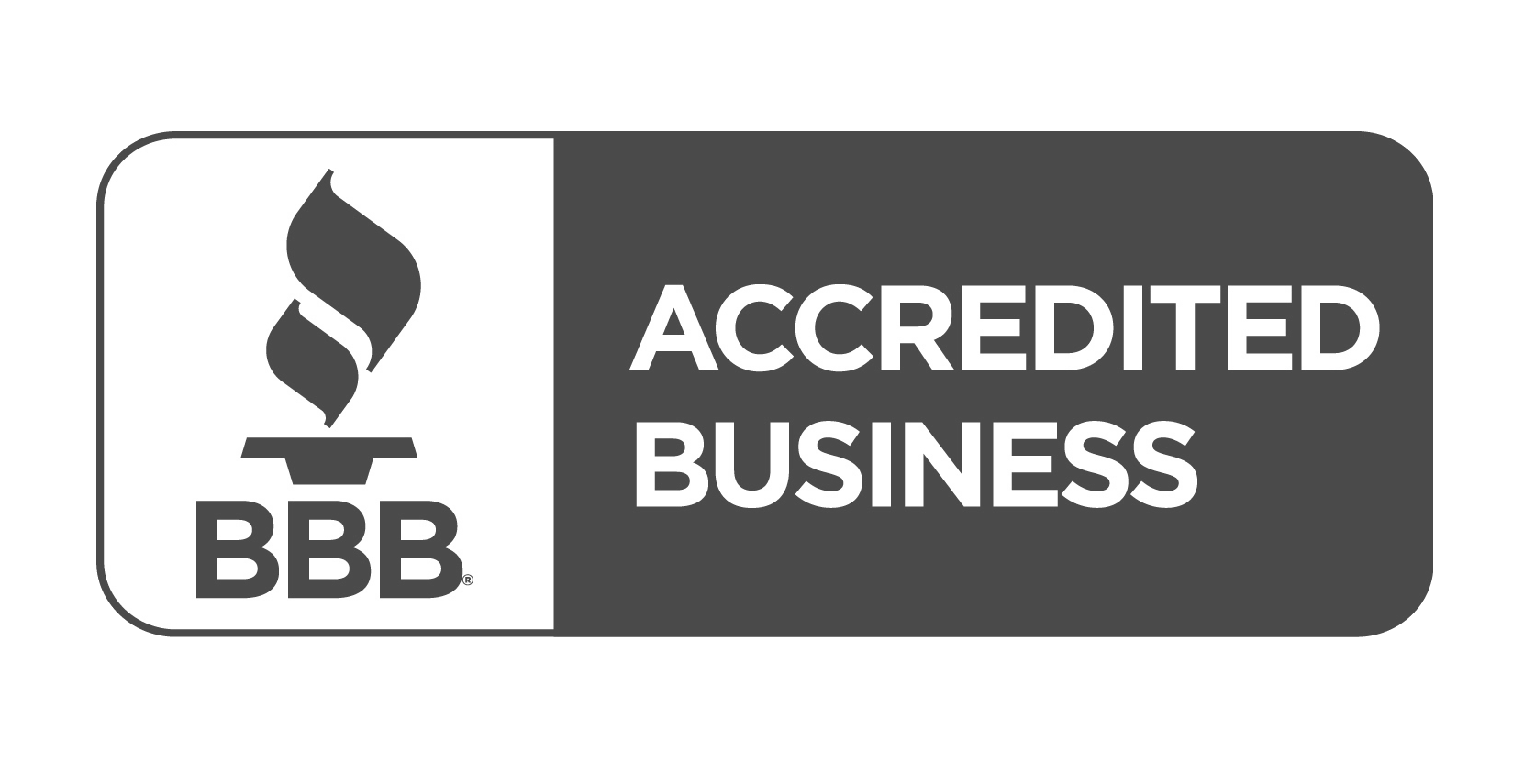Filing an insurance claim can be a daunting task, especially after experiencing damage to your property. Understanding the claims process is crucial for ensuring you receive the compensation you deserve. In this guide, we’ll break down the steps involved in filing an insurance claim, helping you navigate the process with confidence. Whether you’re dealing with storm damage, fire, or other losses, knowing what to expect can make a significant difference in the outcome of your claim.
Initial Damage Assessment
The first step in the claims process is the initial damage assessment. As soon as you notice damage to your property, it’s important to document everything thoroughly. Take clear photographs of the affected areas and make detailed notes about the extent of the damage. This documentation will serve as crucial evidence when you file your claim.
Next, contact your insurance company to report the damage. Provide them with all the necessary information and follow their instructions for initiating the claims process. The sooner you report the damage, the quicker the process can begin.
Filing the Claim
Once you’ve reported the damage, your insurance company will provide you with a claim form to fill out. This form requires detailed information about the damage, including the date it occurred, the cause, and the extent of the loss. Be as thorough and accurate as possible when completing this form. Any discrepancies or missing information could delay the processing of your claim.
After submitting the claim form, your insurance company will assign a claims adjuster to your case. The adjuster will contact you to schedule an inspection of the damage. This inspection is a critical part of the claims process, as it helps the insurance company determine the validity and extent of your claim.
Inspection and Evaluation
During the inspection, the claims adjuster will thoroughly examine the damaged property. They will take their own photographs and notes, and may ask you questions about the damage and how it occurred. It’s important to be cooperative and provide any additional information or documentation they request.
The adjuster will use the information gathered during the inspection to evaluate the claim. They will estimate the cost of repairs or replacement and compare it to your policy coverage. This evaluation will determine the amount of compensation you are eligible to receive.
Negotiation and Settlement
Once the evaluation is complete, the insurance company will make a settlement offer based on the adjuster’s findings. This offer may not always align with your expectations, so it’s important to carefully review it. If you believe the offer is too low, you have the right to negotiate.
During the negotiation phase, you can present additional evidence or documentation to support your claim. This might include repair estimates from contractors, receipts for temporary repairs, or expert opinions on the damage. The goal is to demonstrate the true cost of the damage and justify a higher settlement amount.
Receiving the Settlement
After successful negotiations, you will receive a settlement offer that both you and the insurance company agree upon. The insurance company will then issue a check for the agreed amount. It’s important to review the terms of the settlement carefully before accepting it, as accepting the settlement may waive your right to pursue further compensation for the same claim.
Once you receive the settlement check, you can begin the process of repairing or replacing the damaged property. Keep all receipts and documentation related to these repairs, as they may be needed for future reference or additional claims.
Conclusion
Understanding the claims process is essential for ensuring you receive the compensation you’re entitled to. By following these steps and being proactive in documenting and reporting damage, you can navigate the claims process with confidence. Remember, the key to a successful claim is thorough documentation, clear communication, and persistence. Whether you’re dealing with minor damage or a major loss, knowing what to expect can make a significant difference in the outcome of your claim.
By understanding the insurance claims process and working closely with your insurance company, you can ensure a smooth and efficient resolution to your claim. Stay informed, be proactive, and don’t hesitate to seek professional assistance if needed.





